During the times of Western films and wild rodeos, the Australian Shepherd rose to fame as the prized possession of the American cowboy.
These hardy pups have an undeniable talent for herding and a stare that could stop anyone dead in their tracks.
They have been trusted for decades to control herds of large animals on farms.
Their fierce work ethic and affectionate yet silly personality have made these dogs incredibly popular.
TABLE OF CONTENTS
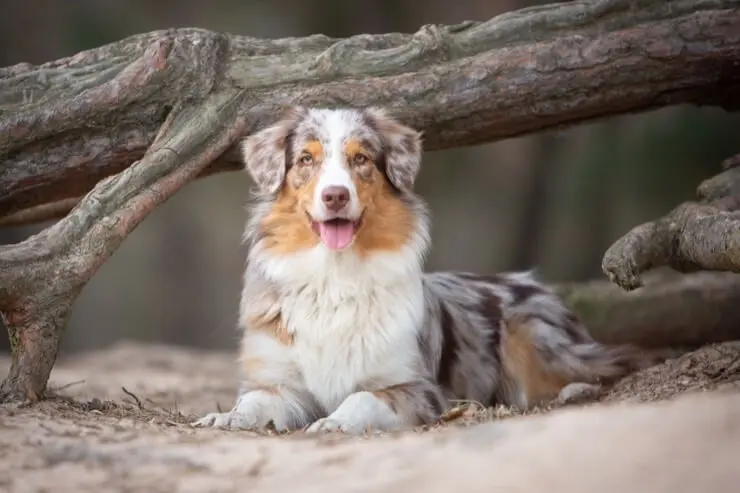
What Is an Australian Shepherd?
Australian Shepherds are an energetic and active purebred breed known for their hard-working nature.
These intelligent dogs can excel at pretty much any job they are given. They are happy to work all day long but also have a playful nature like any other dog. Aussies will happily play fetch in the yard with you and go for long runs to burn all their excess energy.
Their high energy requirements are the most intense aspect of their care.
They need a moderate amount of grooming (but nothing too extensive), have very simple diets, are easy to train and are a generally healthy breed.
These beautiful dogs are affectionate, loyal, and goofy all at the same time. Their attitude has caused them to move away from their strict farm presence into the homes of suburban families where they make loving and energetic pets.
They take a while to warm up to new people but once they do they will love anyone for life.
- Overview: Purebred.
- Purpose: Herding.
- Weight: 40-65 pounds.
- Size: 18-23 inches.
- Temperament: Energetic, playful, and hard working.
Australian Shepherd Appearance
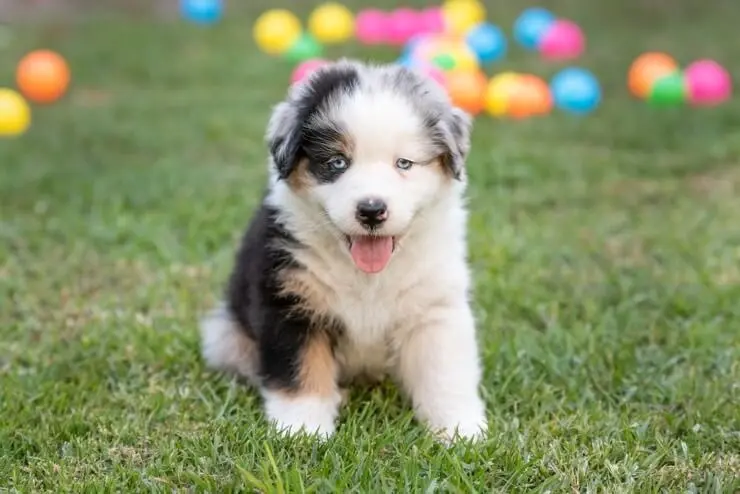
The Australian Shepherd is unbelievably stunning.
These gorgeous dogs are best known for their striking merle coats and beautiful rugged appearance.
However, they also have other beautiful features.
Their eyes are particularly striking. Some have piercing blue eyes, others have warm eyes and some even have different colored eyes. Because these pups use their fierce eyes to herd they have a deep penetrating stare that will put you in a trance – their sharp eyes see everything!
Despite this, they have floppy ears that give them a sweet and endearing look that will quickly melt your heart.
Although their thick coats conceal their bodies when you stroke them you will quickly recognize just how strong these muscular pups are.
Height and Weight
These hard-working dogs have compact bodies that allow them to move freely. They typically weigh between 40-65lbs and stand 18-23 inches tall.
Being light and low to the ground allows them to be agile and switch directions quickly while herding.
Colors and Coat
The color of the Australian Shepherd is probably their most distinctive feature. Almost always these beautiful dogs have a merle pattern to their fur.
Merle is not a color but a pattern in which darker patches appear on a lighter background.
Blue and red merle are the most common versions of this pattern. Blue merle results in black spots on a gray background while red merle is red spots on a beige background. Interestingly as they age the merle pattern typically darkens.
Occasionally you will find Aussies in a solid color like black.
Their double coat is medium length and feathers out around their legs. Males have very thick fur around their neck and chest that almost mimics the mane of a lion. Their fur can either be straight or wavy – each dog has a very unique coat.
6 Fun Facts About Aussies
- They are commonly known as Aussies.
- Aussies were known as the Cowboy’s herding dog because they gained a lot of popularity in Western culture after World War II.
- Interestingly these special pups do not come from Australia. Their ancestors, the Pyrenean Shepherd, were developed in the Pyrenees Mountains (which are situated between France and Spain) by the Basques people. These skilled dogs were later crossed with Collies and Border Collies and taken to Australia where there was more land to farm. Eventually, they made their way to California where the locals assumed that this breed originated in Australia, hence their name.
- Australian Shepherds herd their flocks with a strong eye meaning that they stare down the members of their flock to intimidate them into moving in the direction they want them to go.
- Like most purebred breeds, breeders have developed teacup or Mini Australian Shepherd to meet the growing demand for miniature dogs.
- They are most often used for herding or appear in rodeos. However, they are skilled therapy and service dogs, drug detection and search and rescue dogs.
Australian Shepherd Personality and Temperament
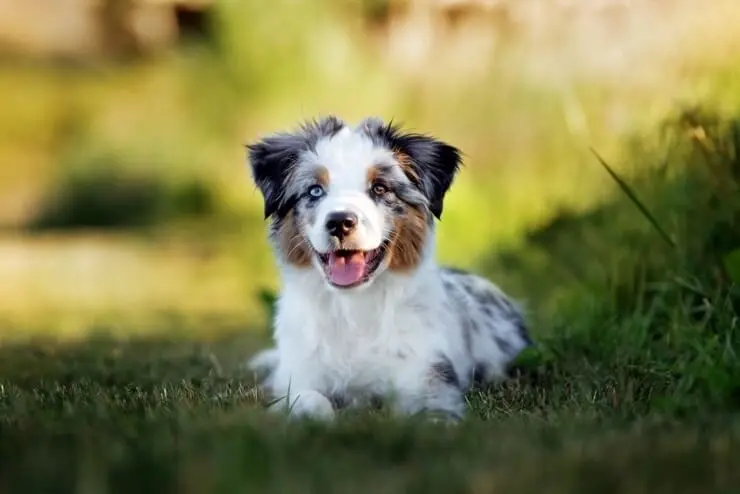
The Australian Shepherd is an extremely work-oriented dog that loves to complete tasks.
These dogs were bred to herd and that instinct lives strongly in each pup. If they are not given the proper outlet for these instincts you may find them trying to herd you or your children by nipping at your feet!
This behavior can be combated by giving your dog a job. These pups love to work so give them the opportunity to. They excel in agility and obedience training, enjoy doing service work and will even be happy to help you with household chores if you are willing to take the time to train them.
These pups will always alert you to danger by raising their voice in a loud bark and they will not hesitate to put themselves in harms way to protect you. Because of this they are slow to trust strangers and may need some extra time to warm up.
Despite being hardy and tough workers, these dogs are also very playful.
Australian Shepherds love to chase a ball around and will happily play tug of war with you whenever you have the time. Their energy is unending so prepare to carve out plenty of time to play with them during the day.
They form very close bonds with their families.
Once they warm up to you they will be loyal to you for life.
They may act tough whilst working but they are actually very affectionate when off duty. They love attention from their owners so be prepared to spend as much time petting them as you do exercising them. She will want all your love and attention after a long day of working hard.
Is the Australian Shepherd a Good Family Dog?
These dogs can make great family dogs with the correct socialization and training. They are loyal to people of all ages and will get along well with other animals in their home.
Their herding instincts can be an issue with young children. However, if you are devoted to curbing such behaviors (we detail how later) then an Aussie will make a great family dog.
Caring for an Australian Shepherd
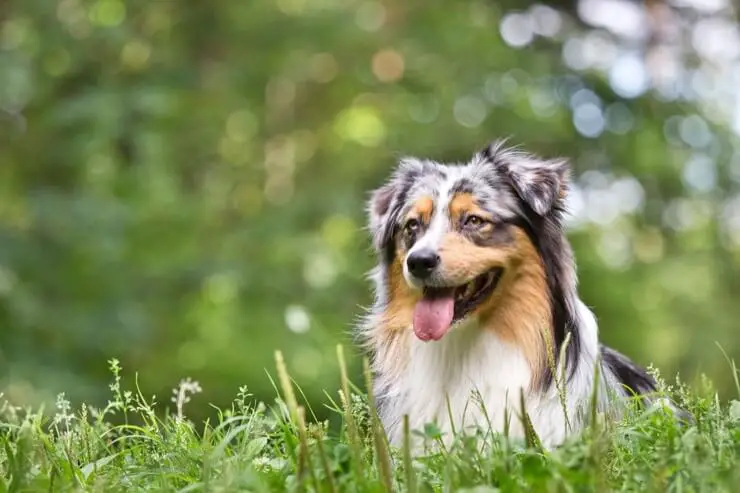
Keeping an Australian Shepherd as your first dog can be challenging.
This is because their exercise needs are so intense.
They are not recommended for a first-time owner – these dogs need lots of mental and physical stimulation and will quickly start misbehaving if they do not receive the exercise they need.
If you can manage their exercise needs then all other aspects of their care are very simple.
Exercise Requirements
Exercising an Australian Shepherd is the most demanding aspect of their care.
These pups have a huge supply of energy and need exercise and a job to stay mentally and physically fit.
Whilst they are skilled farmers you do not need a flock of animals to keep them busy.
They are eager and talented to work on obedience and agility training, dock diving, and even hunting. They have the capacity to learn so many tricks. These dogs will also be happy to help you with any household chores (like carrying in the groceries). They also happily accept more serious jobs like service dog work and therapy work.
Because they have so much excess energy these dogs do not adapt to apartment life easily. They need large backyards and space to roam.
They will enjoy two long walks each day in addition to play time. She will hike, bike, run, swim and do whatever you are doing to let all their crazy energy out.
- Number of Walks Per Day: 2.
- Total Exercise Needed Per Day: 90+ minutes.
Grooming and Shedding

Their fur is not difficult to manage however they will shed often. It comes off in clumps and will quickly line your home.
To keep their shedding under control you should brush them at least once a week and 2-3 times per week during shedding season.
Brushing them often will also help to keep their hair free of knots.
Bathing only needs to be done a few times each year. Overbathing any breed of dog can quickly dry out their skin, so only give them a bath if they seem dirty or smelly.
As with all breeds they should have their nails trimmed every 1-2 months, their teeth brushed weekly and their ears checked weekly for any signs of wax buildup or infection.
Feeding and Diet
Fortunately feeding an Aussie is very simple.
These pups should be fed around 3 cups of dog food each day that is spread out over 2 meals per day. Make sure that their kibble is high in protein as this will let them exercise as hard as they want to.
They are not picky eaters and because of their active lifestyle, they are not prone to obesity.
Feeding an Australian Shepherd is one of the easiest aspects of their overall care.
| Calories Per Day: | Cups of Kibble Per Day: |
|---|---|
| 1000-1500 | 2-3 |
Known Health Problems
Overall this breed is generally healthy and robust.
However, there are medical concerns that you should be aware of before welcoming Australian Shepherds into your home.
- Their merle pattern causes them the most trouble. This beautiful coat pattern, caused by a genetic mutation, can result in deafness and many eye conditions.
- It can even lead to a condition known as nasal solar dermatitis (aka collie nose) in which their nose lacks pigment and is very sensitive to the sun.
- Their active nature also makes them prone to muscular and bone-related issues including hip dysplasia and elbow dysplasia. It is especially important to watch your Aussie for any signs of pain or discomfort while they are exercising.
- Other health concerns include hypothyroidism, allergies and epilepsy.
Whilst this list sounds daunting it is likely your dog may never inherit any of these health concerns. These are all potential health problems to be aware of so you can pay attention to any warning signs and alert your veterinarian immediately.
How Long Does an Australian Shepherd Live?
These pups have a long lifespan of 12-15 years.
How Much Does an Australian Shepherd Cost?
Australian Shepherds from a breeder typically cost $600-$1000. Because of their merle pattern, they have to undergo more genetic testing than most puppies so they cost a bit more for breeders to raise.
How To Train Aussies
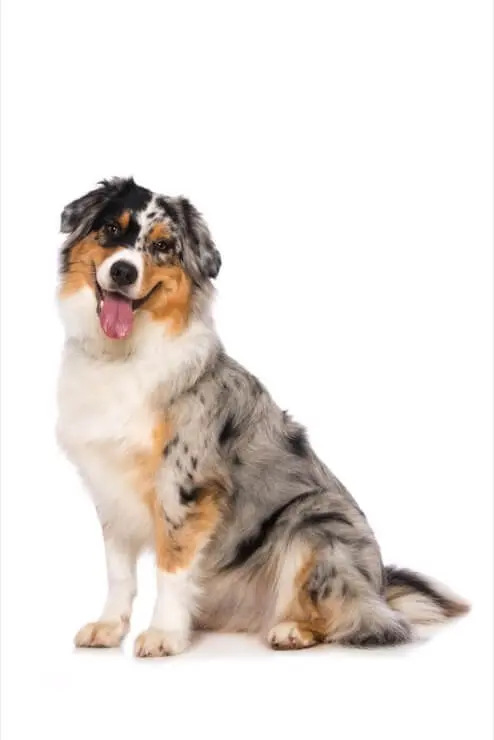
Training dogs can be a daunting task, especially when it comes to the Australian shepherd.
The most difficult aspect of training an Australian Shepherd is helping them control their herding instincts.
Although they are easy to train you need to make sure they know you are in charge. These pups can be a bit bossy if you let so they need to be trained firmly yet lovingly.
They thrive off of praise and treats.
These pups are eager to please and highly intelligent so they will do just about anything you ask of them.
This is best tackled with professional help at puppy training classes. Professional classes not only help educate you but they also help socialize your pup.
Socialization is very important with this breed.
They can be a bit nervous around strangers that have not earned their trust yet, so they will need to be introduced to a variety of people at a young age. They naturally get along with other dogs but their high prey drive will make it difficult for them to interact with other pets like cats or rabbits.
Just remember their intelligence can get them into a bit of mischief from time to time because they get bored easily.
So you need to make sure they get plenty of time outside each day and buy them puzzle toys that challenge their minds.
Buyer’s Guide
| Pros | Cons |
| Affectionate and loyal with family members. | Need a lot of exercise. |
| Very hard working and versatile. | Will chew when left alone for a while. |
| Goofy and animated personality. | Shed heavily. |
| Smart and eager to please. | May nip and herd children. |
| Gets along well with other dogs. |
Quick Breed Summary Table
| Breed Characteristics | |
| Size: | 18-23 inches |
| Weight: | 40-65lb |
| Lifespan: | 12-15 years |
| Coat: | A thick medium length coat that is either straight or wavy |
| Color: | Blue merle, red merle, red, tricolor or black |
| Do They Shed: | Frequently |
| Temperament: | Energetic, hard working, affectionate, protective and loyal |
| Intelligence: | Highly intelligent |
| Socialization: | They need to be socialized from an early age |
| Destructive Behavior: | Will chew and bark when bored |
| People Skills: | Wary of strangers but affectionate with family members |
| Good with Children: | Yes if socialized correctly |
| Activity Levels: | Highly active |
Summary
Experienced owners can easily welcome one of these energetic pups into their home.
They are easy to train, feed and only need a little bit of grooming.
If you are a couch potato you will have lots of issues keeping up with your feisty pooch. They need lots of exercise and play time, so make sure you have as much energy as they do.
These pups are loveable and loyal to their family members but require some extensive socialization to get along with other people.
Their goofy personality will always keep you smiling and their presence will fill your life with wonderful memories.

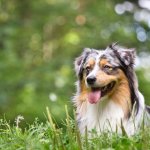
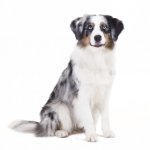






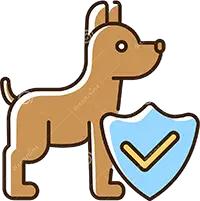

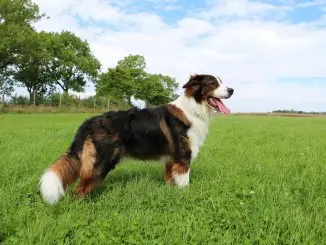
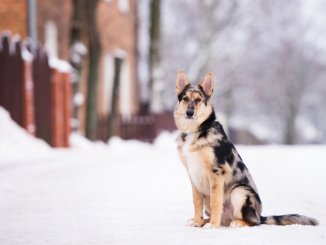
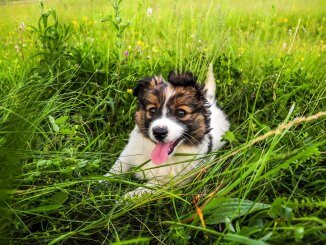

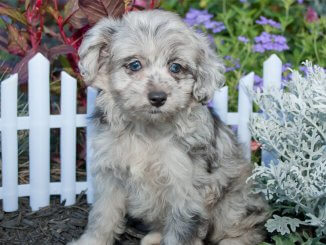
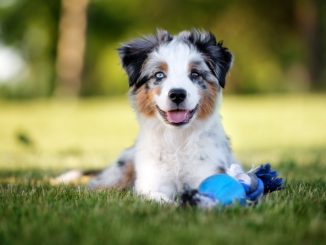
Be the first to comment